With its history reaching from GMO to cancer, from brain cells to the discovery of insulin; Let’s take a look at biotechnology, which was previously considered a sub-discipline and has become a major discipline on its own, and what are its application areas.
In the middle of the 20th century, it gained great momentum and developed rapidly. biotechnologyWhen science started to make its name known in the world of science, it was considered more as a sub-discipline. The science of biotechnology, which we are accustomed to hearing in the field of medicine, ceased to be a sub-discipline with the developments at the end of the 20th century and became a stand-alone. science became like that.
In basic science, especially multidisciplinary The science of biotechnology, whose name we frequently see in studies, is the science that brings together the world of living things and technology. Let’s get to know what this interesting branch of science is, from gene regulation to microorganisms, where and how it is used.
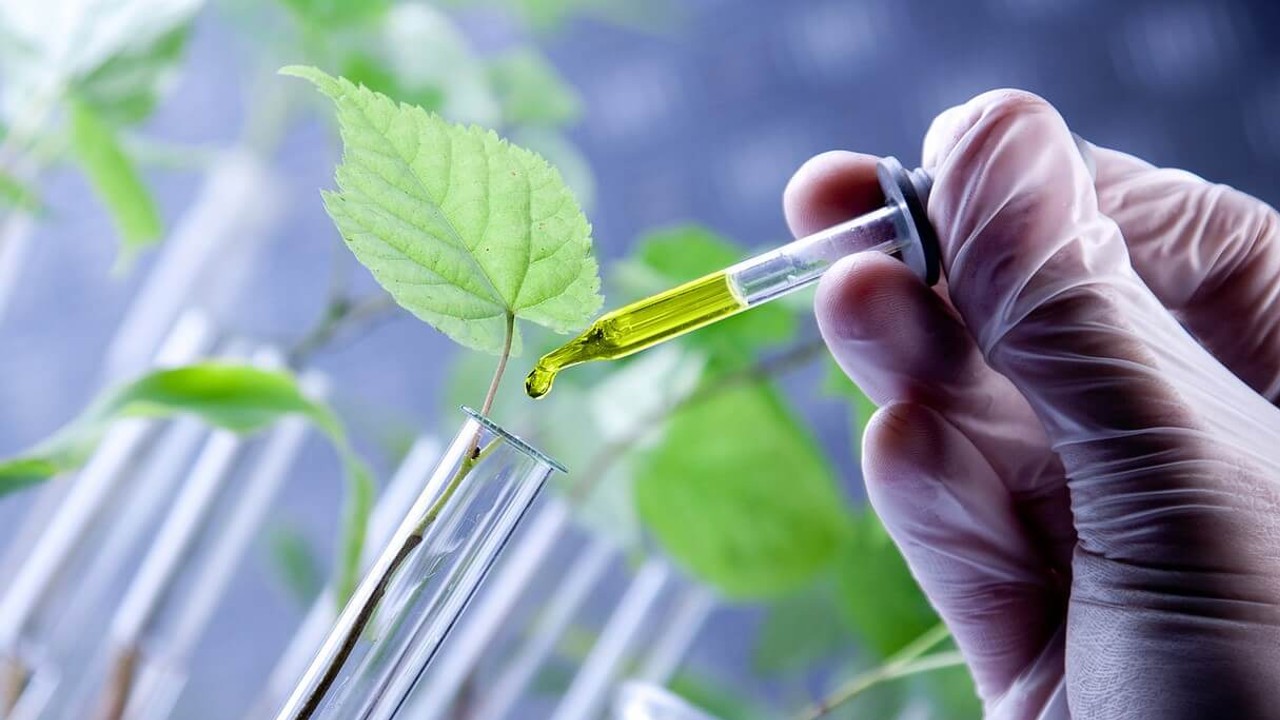
What is biotechnology?
Biotechnology aims to solve problems and produce useful products using biology. The most used field of biotechnology, genetic engineering It is the production of therapeutic (a clinical pharmacology process for measuring the blood plasma concentration of drugs) proteins and other drugs through
For those who work in the field of biotechnology biotechnologistconducts research on biological organisms to improve the quality of human life and to ensure the advancement of the other living world. It investigates the physical, genetic and chemical properties of cells, tissues and organisms, and reveals practical uses and products.
History of biotechnology from yesterday to today:
Humans have been using biological processes to improve their quality of life for nearly 10,000 years, starting with the first farming communities. Approximately 6,000 years ago People began to take advantage of the biological processes of microorganisms to make bread, spirits and cheese, and to preserve dairy products.
If we go back a little further than today’s history, it was founded in 1976 by Robert A. Swanson, Herbert W. Boyer and Paul Berg. DNA Under the leadership of Genentech, a pharmaceutical company founded to commercialize its technology, a new ‘Biotech’ industry began to develop from the mid to late 1970s. In line with these developments, early companies such as Genentech, Amgen, Biogen, Cetus and Genex were primarily for medical and environmental uses. genetically modified substances continued to produce.
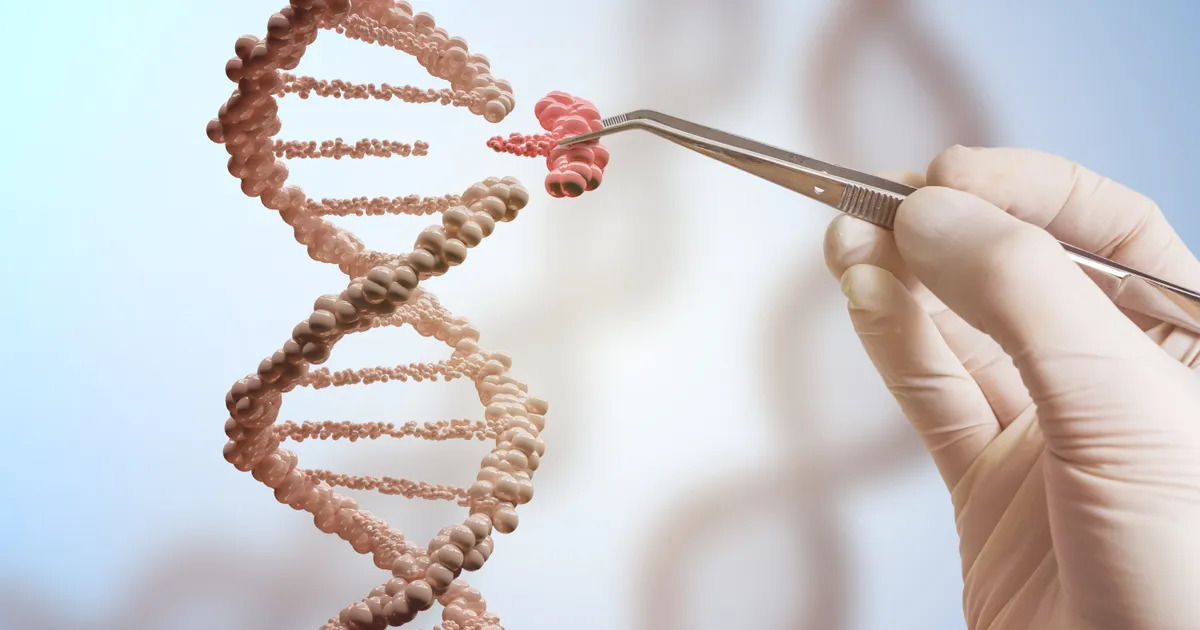
Then for more than a decade the biotech industry, recombinant DNA technology and genetic engineering continued in the field. The term recombinant DNA (rDNA) simply refers to the DNA molecule that results from combining the DNA of two different species. That is, in the process of inserting a gene into a production cell, a new organism is created.
Initially, biotechnology researchers and investors were unsure of the regulations to obtain a new patent; after all it was a new technology and science ethics Patents for new organisms discovered and described in nature were not permitted.
However, in 1980 the US Supreme Court, Diamond v. In the Chakrabarty case, he resolved the issue by ‘deciding that a living man-made microorganism is a patentable subject’. This decision brought a wave of new biotech firms and the first of this baby industry. investment caused the explosion.
recombinant in 1982 insulinbecame the first genetically engineered product to receive approval from the US Food and Drug Administration (FDA). Since then, dozens of drugs have been produced worldwide, including recombinant versions of growth hormone, clotting factors, proteins that stimulate the production of red and white blood cells, interferons, and clot-dissolving agents. genetically modified The protein drug has been commercialized.
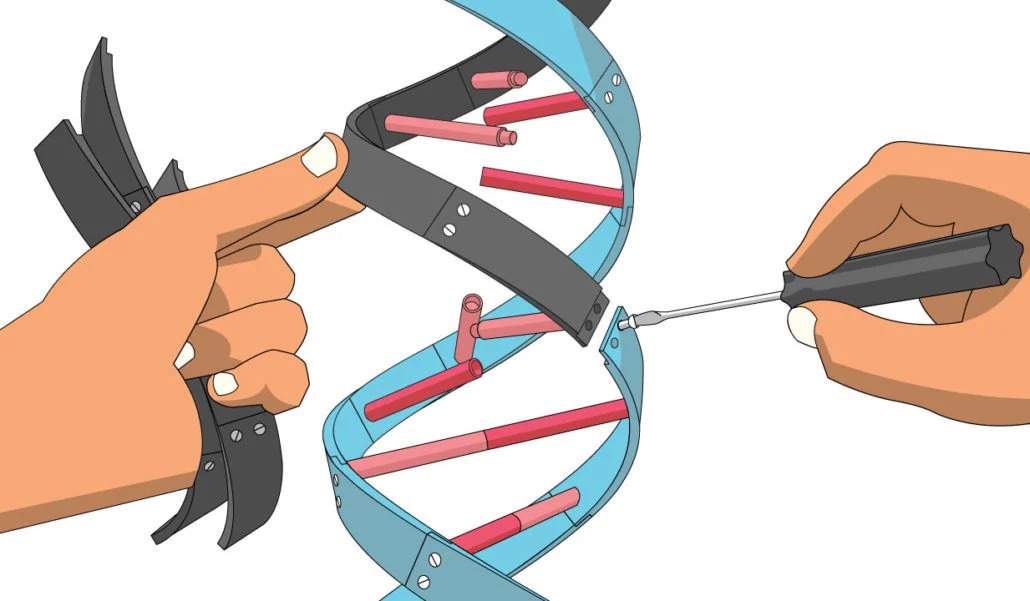
What are the tools of biotechnology?
The biotechnology industry is the source of traditional pharmaceuticals and drugs that stop the progression of a disease. monoclonal antibodies expanded its research. The successful production of monoclonal antibodies was one of the most important techniques of biotechnology that emerged in the last quarter of the 20th century.
The specificity and quantitative availability of monoclonal antibodies made it possible to design sensitive assays for a wide variety of biologically important substances and to distinguish cells from each other by identifying previously unknown marker molecules on their surface. Such advances your genes (genomics), they encode your proteins (proteomics) and the study of the larger biological pathways through which they act.
Application areas and applications of biotechnology:
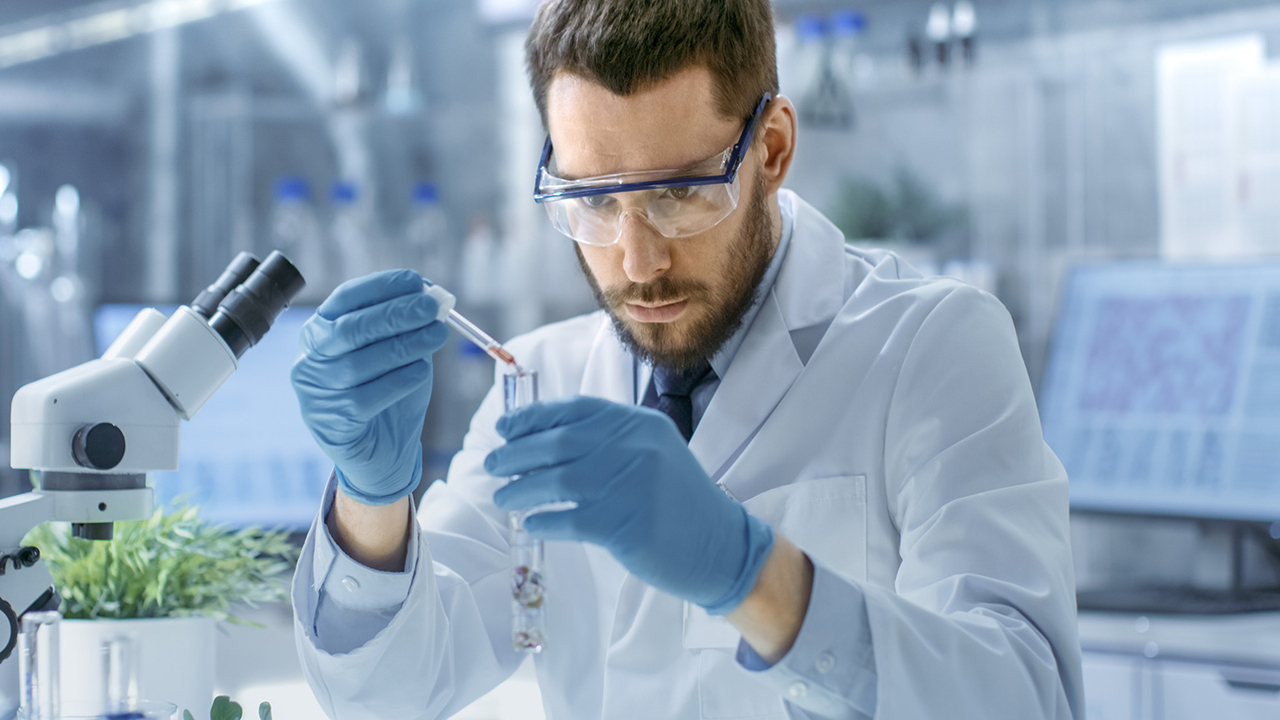
- bioinformatics
- Nanotechnology
- catalysts
- genetically modified products
Biotechnology has many applications, especially in medicine and agriculture. Examples include the use of biological information by computer technology (bioinformatics), the use of biotechnology in combiningNanotechnology) and possibly the application of stem cell research and cloning techniques to replace dead or defective cells and tissues (regenerative medicine).
In addition to its use in healthcare, biotechnology is the use of biological enzymes that trigger chemical reactions.catalysts) has proven helpful in refining industrial processes through its discovery and production. As an example, we can show the solutions developed to prevent or reduce the environmental pollution of chemicals, and the increased efficiency in agriculture with genetic engineering.
Some activist and consumer groups advocate that genetically modified organisms (GMO foods) ban or called internationally to be clearly labeled and specified. The introduction of GMOs into agriculture in the United States began in 1993 when the FDA approved bovine somatotropin (BST), a growth hormone that increases milk production in dairy cows.
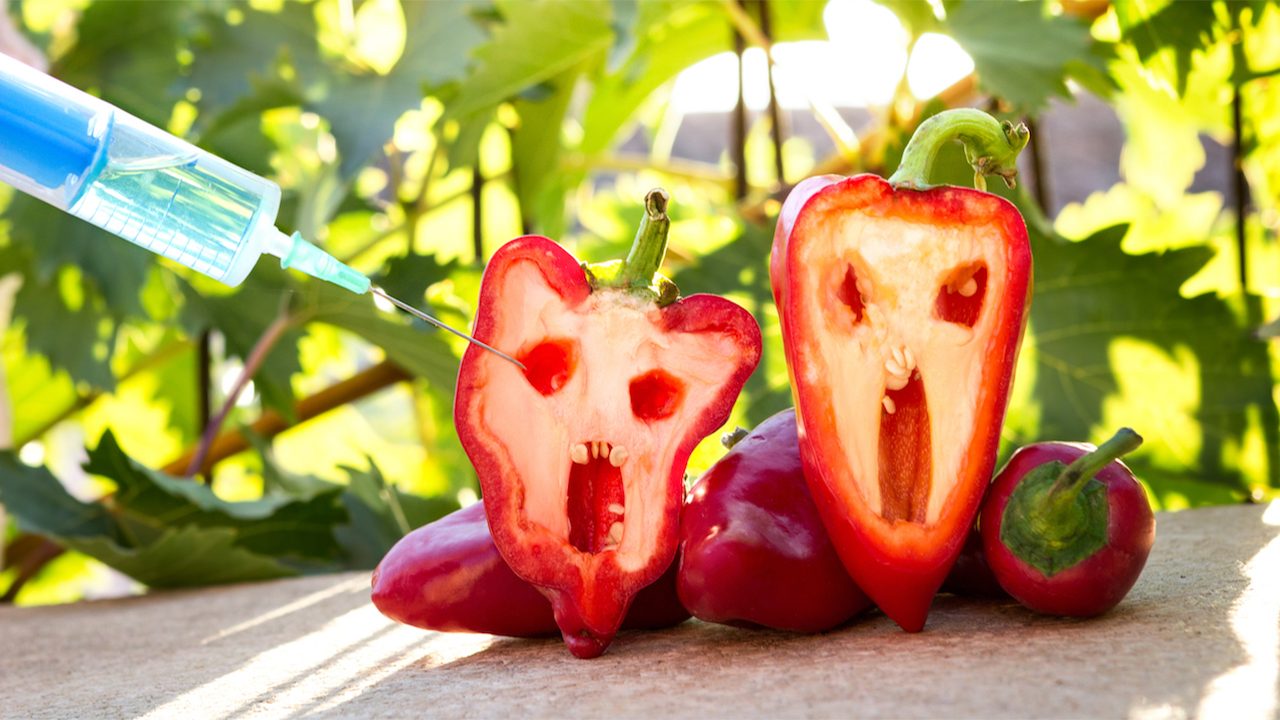
The following year, the FDA approved the first genetically modified whole food, a tomato designed for a longer shelf life. Since then, dozens of agricultural crops have survived in the United States, Europe, and elsewhere, including regulatory approval, crops that produce their own pesticides, and crops that have survived the application of certain herbicides used to kill weeds. GMO won by
If the entry of GMO into our country 1998 based on the year. It has been recorded that 30 million tons of corn and soybean entered into our country in 1998 were consumed without labeling. In accordance with the regulation enacted in 2009, foods containing GMO ingredients have started to be labeled.
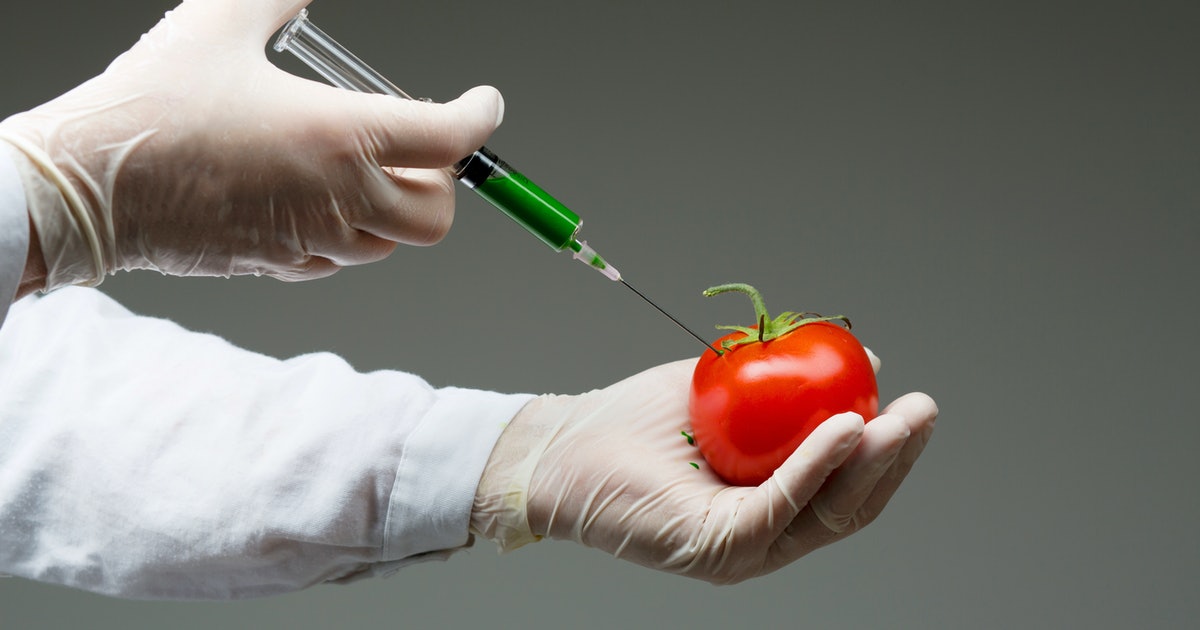
We’ve talked so much. So, are GMO foods safe?
Research by the United Nations, the US National Academy of Sciences, the European Union, the American Medical Association, US regulatory agencies and other organizations has proven that GMO foods it is safe has concluded However skeptical groups have long claimed that it is too early to make a judgment. When we look at the world, the lands where such GMO crops are cultivated almost from 1996 to 2014. increased 4 times.
Overall, the revenues of the US and European biotech industries roughly grew over the five-year period from 1996 to 2000. doubled output. The rapid growth accelerated by the launch of new products, especially in health services, continued in the 21st century. Biotechnology by 2020 market size It is estimated to be worth $752.88 billion globally and there are new growth opportunities arising from government and industry efforts to accelerate pharmaceutical and product R&D processes.
